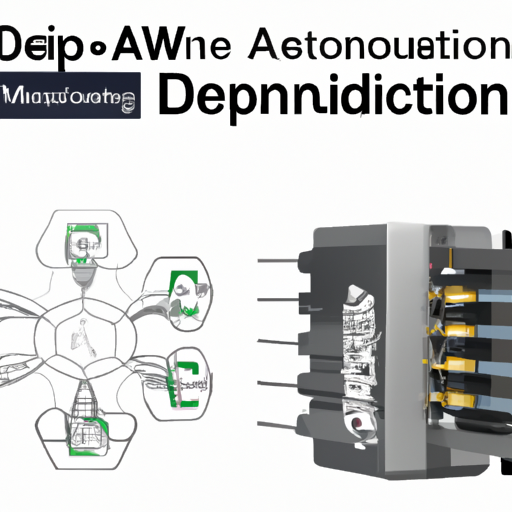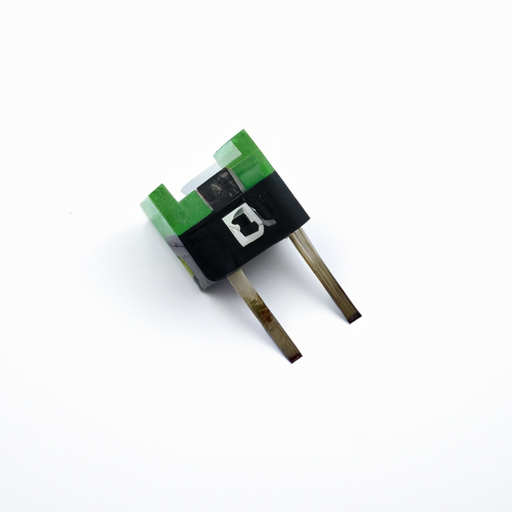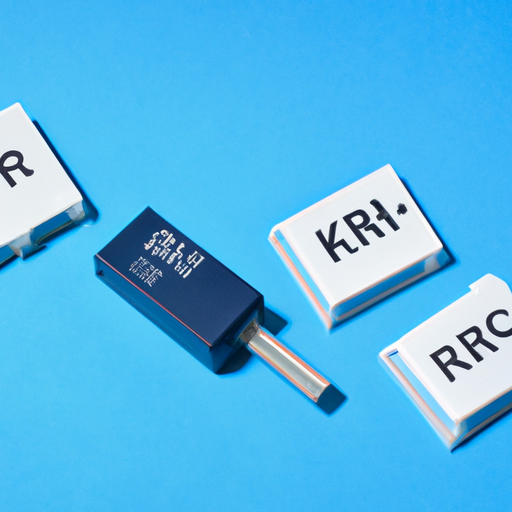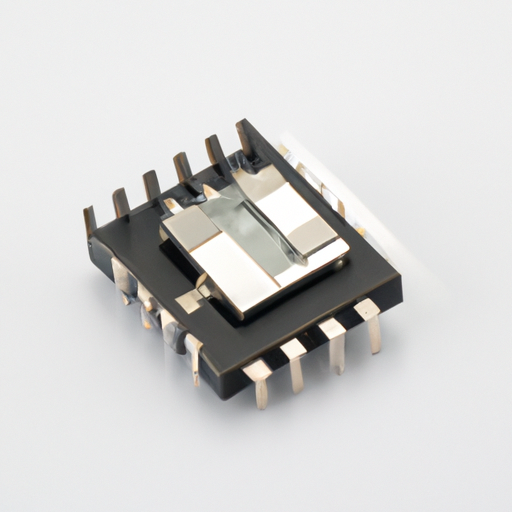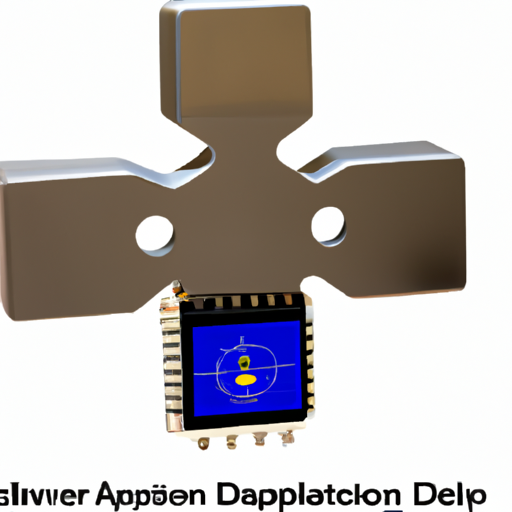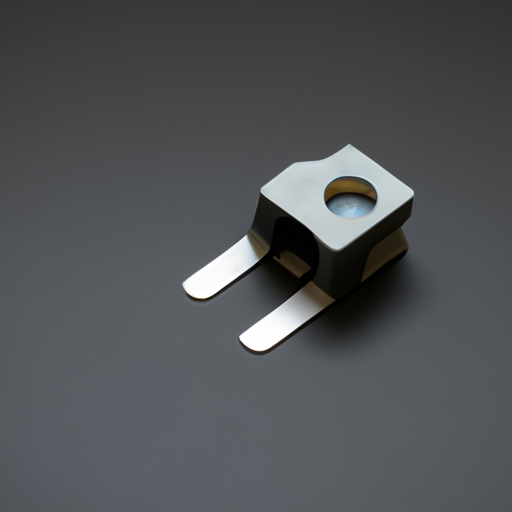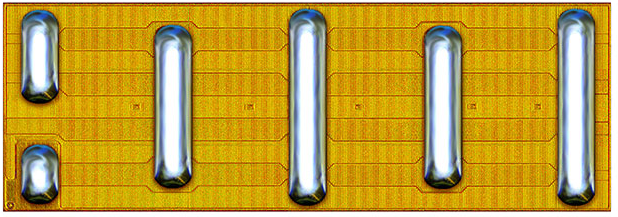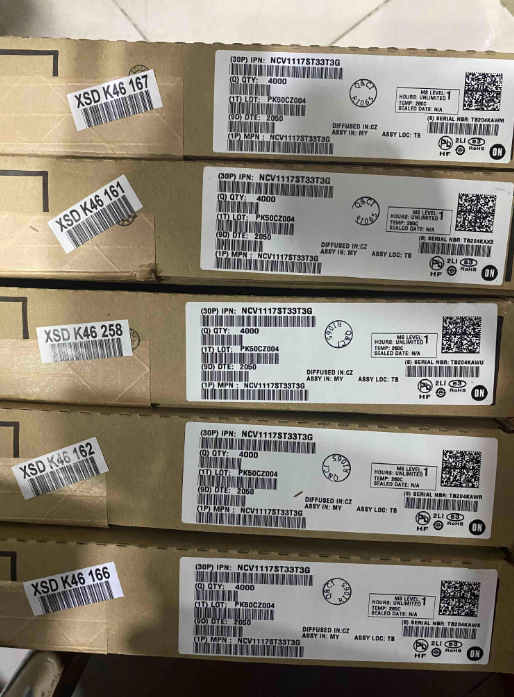application development in Flow Sensors for MM74HC175N: key technologies and success stories
Application Development in Flow Sensors for MM74HC175N: Key Technologies and Success Stories
The MM74HC175N is a quad D-type flip-flop integrated circuit that plays a crucial role in digital applications, particularly in data storage and transfer. While it is not a flow sensor itself, it can be effectively integrated into systems that utilize flow sensors, especially in applications requiring digital signal processing and control. Below is an overview of key technologies and success stories related to flow sensor application development, highlighting the integration of components like the MM74HC175N.
Key Technologies in Flow Sensors
| 1. Sensor Types | |
| 2. Signal Processing | |
| 3. Communication Protocols | |
| 4. Data Analytics and IoT Integration | |
| 1. Smart Water Management Systems | |
| 2. Industrial Automation | |
| 3. Agricultural Irrigation Systems | |
| 4. HVAC Systems |
Role of MM74HC175N in Flow Sensor Applications
The MM74HC175N can be utilized in flow sensor applications in several ways:
| Data Storage: It can temporarily store the state of flow sensor readings, allowing synchronization with other digital components and ensuring data integrity.Data Storage: It can temporarily store the state of flow sensor readings, allowing synchronization with other digital components and ensuring data integrity. |
| Control Logic: The MM74HC175N can implement control logic for flow regulation systems, enabling real-time responses to changes in flow conditions.Control Logic: The MM74HC175N can implement control logic for flow regulation systems, enabling real-time responses to changes in flow conditions. |
| Signal Conditioning: It can assist in conditioning signals from flow sensors before they are processed by microcontrollers, improving the accuracy and reliability of the data.Signal Conditioning: It can assist in conditioning signals from flow sensors before they are processed by microcontrollers, improving the accuracy and reliability of the data. |
Success Stories
Conclusion
The integration of flow sensors with digital components like the MM74HC175N can lead to innovative solutions across various industries. By leveraging advancements in sensor technology, signal processing, and data analytics, organizations can enhance operational efficiency, reduce costs, and improve sustainability. As the demand for smart and connected systems continues to grow, the role of digital components in flow sensor applications will become increasingly important, paving the way for more sophisticated and efficient solutions in the future.

